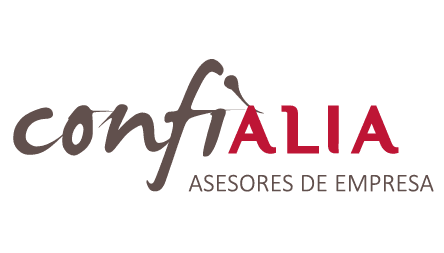We continue with the tips related to the invoicing regulations, since as entrepreneurs we are obliged in most cases to issue invoices. There may be many ways of putting it, but a company without invoices is like a garden without flowers, and as we are not very good at botany, let's continue with the advice we should not forget when issuing or receiving invoices:
1. Except in special cases, the invoice must reflect the following points:
- If the company has more than one invoicing series, the Seriesseries, the number of invoice (which must be correlative within the same series). Remember that the series is obligatory when they are rectifying invoices, intra-community invoices, sales of mobile phones, silver, video game consoles, etc. (as long as these deliveries are made between business people)laptop computers (Provided that these supplies are made between business people) and digital tablets (Where such supplies are business to business)..
- The date of issue and the date on which the operations were carried out if different from the date of issue, the full name and address of the customer and of the issuer of the invoice, VAT NUMBER.
- Description of the transactions, with sufficient detail to know the applicable VAT rate, reflecting its unit price and any discount or rebate that may be applied.
- The tax rate(s)the tax liabilitythe legal provision applicable in the case of exemption from VAT
2. If the activity allows the issuance of simplified invoices (if you are not sure about this, check our blog if you are not sure, see our entry Do all entrepreneurs have to issue invoices? If the activity allows the issuance of simplified invoices, do not forget the following contents:
- If the company has more than one billing series the Seriesseries, the number invoice number (which must be correlative within the same series).
- The date of issue and the date on which the operations were carried out if different from the date of issue, the full name and address of the issuer of the invoice, VAT NUMBER.
- Identification of the type of goods.
- The tax rate(s) and optionally the expression "VAT INCLUSIVE", the total consideration.
- If the recipient of the simplified invoice is a business or professional and so requires, the issuer of the invoice must include the customer's tax details.
3. On which support should I issue the Invoices? Invoices can be issued on any medium, paper o electronic format provided that:
- The authenticity of its origin is guaranteed.
- The integrity of its content
- Its readability
- And all of the above from the date of issue and for the entire shelf life.
4. Beware of electronic invoices, tips. An electronic invoice is one that contains all the requirements mentioned in this post and has been issued in electronic format. However, it is important to bear in mind:
- That in order to be valid the addressee must have given his or her consent to receive it in this way.
- To authenticate the origin it must be electronically signed by the issuer using a method approved by the tax office.
5. What is the time limit do we have to issue an invoice? Invoices must be issued at the time of the the transaction is carried outHowever, when the recipient is a businessperson or professional, they can be issued before the 16th of the month following the month in which the transaction took place. But AttentionIn the case of intra-Community supplies the date of the transaction is the day on which transport to the destination begins.
6. Currency and language. The amounts shown on the invoice may be expressed in any currency, provided that the amount of tax is expressed in euros. Invoices may be expressed in any language, although the tax authorities may require a translation in the event of a check or inspection.
7. What are recapitulative invoices? These are invoices that include different operations carried out for the same recipient-Customer within the same calendar month; although think about the fifth tip, which can also be applied here.
8. A Duplicate is not an original invoice and can only be issued because there are several recipients or because the original invoice has been lost. Each duplicate copy must be marked "DUPLICADO" (duplicate).
9. When can I use corrective invoices (which must be collected in a different series):
- In cases of incorrect application of the tax rate
- In cases of modification of the taxable amount, provided that this change does not arise from the return of goods, containers or packaging; in this case, the discounting of these amounts on subsequent invoices is authorised, provided that the final result of the invoice is positive.
- The invoice(s) to be corrected must be stated
- Invoices that discount transactions that have actually been carried out but which could not be collected from the customer are not rectifying invoices and therefore are not authorised.
We hope that this post can serve as a reference to resolve any doubts you may have when issuing invoices and to be able to tell your suppliers or creditors not to make legal errors when issuing theirs, as an error in the preparation of the invoice may result in the invoice received not being deductible because it is incorrect, so let's review it.

